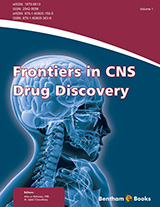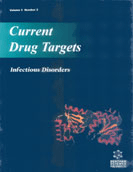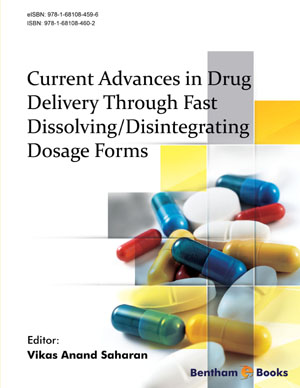Abstract
p>Major efforts have gone into developing ‘benzodiazepine-like’ drugs that are more selective than benzodiazepines in therapeutic effects (e.g., anxiolytic versus hypnotic) or lack the adverse effects of benzodiazepines. More targetspecific benzodiazepine-like drugs are thought to act selectively on neuronal benzodiazepine receptors versus astrocytic mitochondrial benzodiazepine receptors (re-named translocator protein [18 kDa]) and/or on GABAA/benzodiazepine receptor complexes displaying specific subunits. It is overlooked that astrocytes also express membrane-associated GABAA-like receptors that are inhibited both by the ‘peripheral-type’ benzodiazepine antagonist PK11195 and the ‘neuronal’ antagonist flumazenil, and because of a high intracellular Cl- concentration are depolarizing and enhance Ca2+ entry through L-channels. Functional effects of depolarization-mediated Ca2+ uptake in astrocytes (stimulation of glycogenolysis, gap junction-mediated connectivity and Na+, K+, 2Cl- co-accumulation) suggest that activation of this receptor is functionally relevant, but because of its unknown therapeutic actions(s) we named it the Joker receptor. Based on observations by Cahoy et al. [1] that astrocytes account for 70% of GABAA receptor subunits α2 and β1 and > 90% of subunit γ1, and evidence that stimulation of α2 and γ1 subunits induces anxiolysis, we present evidence that drugs acting on the Joker receptor are anxiolytic, without sedative effects and with little abuse potential.
Keywords: Anti-anxiety drugs, astrocytes, benzodiazepines, channel-mediated Ca2+ uptake, flumazenil, GABAA receptor subunit






















